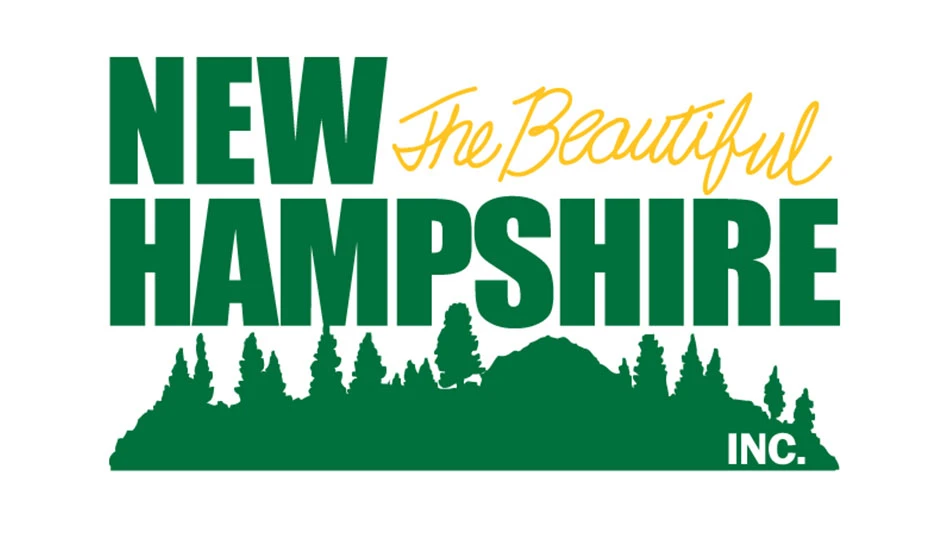|
|
In the spring of 2003, Recycling Today Editor Brian Taylor and I attended our first NAID (National Association for Information Destruction) Convention. It was an interesting and informative experience. The group was active and searching for answers about where the business was going and what would be driving it. We were not new to the document destruction business. In fact, we’d covered document destruction in earlier times through our Fibre Market News newsletter for the paper recycling industry and in Recycling Today. Many of our Recycling Today readers offered destruction services. What was new was the fervor surrounding the business. Identity theft, corporate records management in the post-Enron era and the protection of personal health care information were driving a range of new legislative and regulatory initiatives. Shredding was moving from a back-room activity to a mainstream activity. It created wonderful business opportunities. We left that convention convinced that we could add to the industry and that we could contribute to the dialogue necessary for the business to grow and mature by launching a dedicated business magazine for the sector. In the spring of 2004, we published the first issue of Secure Destruction Business (SDB) magazine, dedicated to the document destruction business. Brian worked with me to lead our editorial team on this new project. He then guided the magazine for its first two years of publication. In 2006 DeAnne Toto took over the helm. DeAnne has become well-known and well-connected in the industry in the years since. Of course, the business changed as it developed. One of the first waves was the movement of destruction firms beyond documents into product destruction. It made great sense; many businesses needed to destroy out-of-spec and defective products. Another fundamental change was when records storage firms began to add or expand in-house destruction operations; they also began acquiring “pure-play” destruction firms. The two sectors grew closer and closer. In fact, the link became so strong that in 2009 we changed the magazine’s name to Storage & Destruction Business to better reflect the realities of the marketplace. As digital record keeping began to take root, it gave rise to the consolidation of the records storage business. The fervor surrounding the business began to fade; it was not gone, but it was diminished. Generation of paper documents began to decline, digitizing of long-held paper archives had passed its peak and volume was coming out of the sector. This, along with other factors, has continued to drive industry consolidation. Today the business is a highly consolidated market that faces decreasing volume. Digital storage largely has replaced the storage of paper documents. As this trend line has played out, many of our customers—suppliers to the industry—have shifted their business development to other industries or sectors. Sponsored Content SENNEBOGEN 340G telehandler improves the view in Macon County, NCAn elevated cab is one of several features improving operational efficiency at the Macon County Solid Waste Management agency in North Carolina. When it comes to waste management, efficiency, safety and reliability are priorities driving decisions from day one, according to staff members of the Macon County Solid Waste Management Department in western North Carolina. The agency operates a recycling plant in a facility originally designed to bale incoming materials. More recently, the building has undergone significant transformations centered around one machine: a SENNEBOGEN telehandler (telescopic handler). Facing this business reality has drawn us to the point where publishing SDB magazine is no longer a viable business for us. It is, therefore, with bittersweet feelings that I share this will be the last issue of SDB magazine. The industry has been great to us. We’ve had a lot of fun covering it and have formed wonderful relationships, and we’d like to believe we contributed something to the industry. It is with sadness that I write this, but also with fond memories. Of course, we’ll continue to cover the document and product destruction sectors as much of what gets shredded is recycled. We also cover electronics recycling and refurbishing in Recycling Today. In that sense, we’re not entirely leaving the sector. That’s good news for us, and hopefully for you. |
Get curated news on YOUR industry.
Enter your email to receive our newsletters.
Latest from Recycling Today
- Buy Scrap Software to showcase its software at Scrap Expo in September
- LG details recycling activities
- Algoma EAF is up and running
- Toyota-Tsusho completes acquisition of Radius Recycling
- CATL, Ellen MacArthur Foundation aim to accelerate circular battery economy
- Commentary: Expanded polystyrene is 98 percent air, 2 percent plastic and 100 percent misunderstood
- AMCS appoints general manager for North America
- How tariffs, regulations affect LIBs recycling in US, EU








